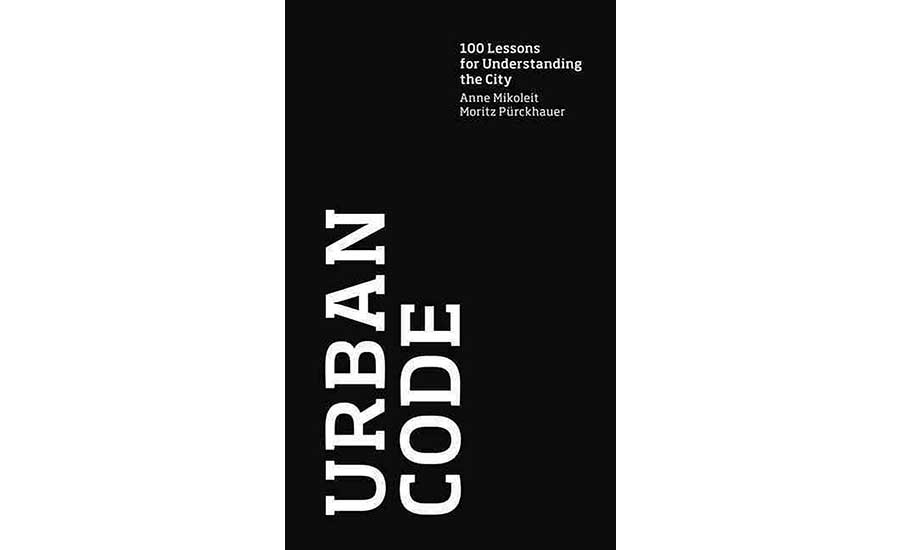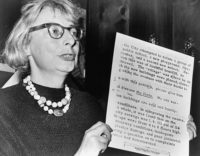Ignoring my desire for a new take on Jacobs’ plainly stated conditions for urban diversity, I accepted the case for 100 rules at face value. After all, an annotated list with its Twitter-like format lends itself to contemporary dissemination.
But do these urban rules hold up for a biased reader who has lived and works in SoHo? I like lists as much as anyone and appreciate the allure of a number, a title, a small illustration, and a couple of paragraphs on each entry. The problem is that the titles tend to influence the reading of each rule.
For No. 1: “People Walk in the Sunshine”, there was no argument. Most of us would admit that, unless it's blazing hot or there's a line to get into the Apple Store, we like walking in the sun. But the need for that “unless” is the book’s weakness and strength—the fact that it acknowledges both the limits of brief observations and the contradictions inherent in cities. The text acknowledges that each rule applies only to a particular place and time—a fine sentiment but one that makes it hard for the reader to understand the authors’ intention. Equally confusing is the title for No 45: “Workers Wear Work Clothes,” accompanied by a photograph that shows people in uniforms cleaning up after litter bugs. In fact, No. 45 contains a keen set of observations about how daily work rituals—as much as built form—mark the qualities that emerge from a neighborhood's authentic experiences. But shouldn’t the title be: “Maintenance Matters” or something like that?
The best parts of this book derive from the chance to observe a place being keenly observed. I liked very much the explanation of why taxis are urban design: “by outnumbering other modes of transportation and being on equal footing with people desiring their services, they have become part of the “street spectacle.” Urban Code’s real value is as an urban diary. Hopefully, this little volume will spark a rash of urban observers to publish more lessons gleaned from places in their cities at specific moments in time.
Claire Weisz, a partner in the New York firm WXY Architecture who teaches urban design to planners at New York University’s Robert F. Wagner Graduate School of Public Service, has lived and works in SoHo.



Post a comment to this article
Report Abusive Comment